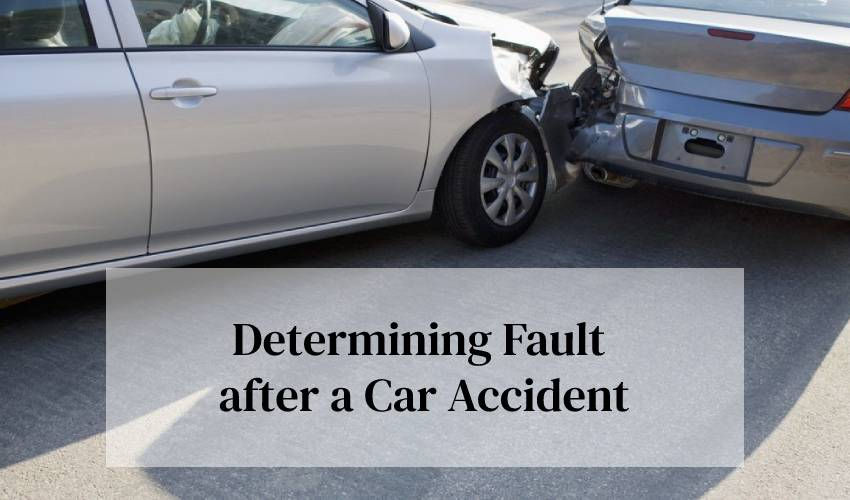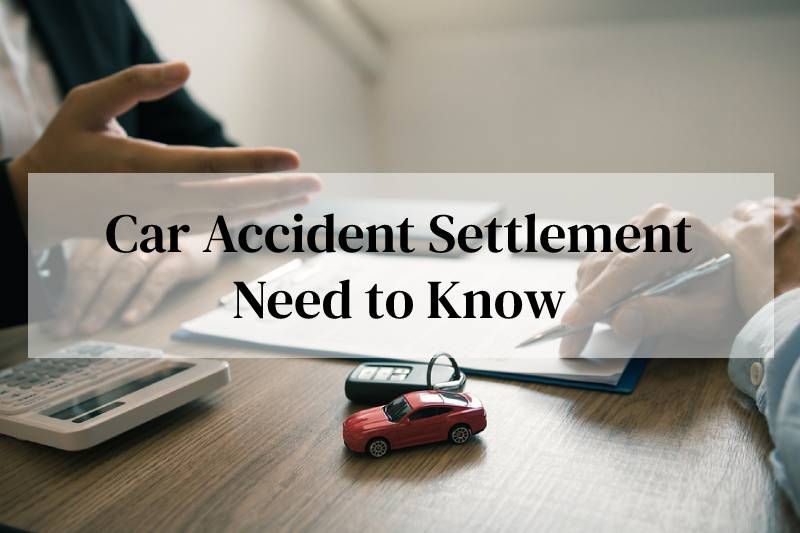Determining Fault after a Car Accident
- Judicial Law

- Oct 18, 2021
- 4 min read
Much of the time the fault can go towards an individual who was abusing a transit regulation at the hour of the occasion. This can occur in that a responsible party was speeding or making an illicit turn. This occasion might have made an auto collision happen. The party that was engaged with the criminal behavior can be considered answerable for the occasion.
A backside crash is something else to consider. An individual who hit a vehicle from behind in an auto collision like this will without a doubt be the party at fault. This is because of how the back driver ought to have seen that stop that the front vehicle made. The back vehicle would have triumphed when it's all said and done the last opportunity to keep away from a disaster area. This is particularly significant in that a vehicle might have wound up managing a crash on a vehicle against a vehicle that legitimately halted on schedule for a stop sign or red light.
Responsibility for an occasion that caused an injury could likewise be dictated by nearby driving laws. State driving laws will work with fault determination rules for various considerations . This incorporates cases with respect to what vehicle has the option to proceed in a specific case for sure various markings in the street represent.
It very well may be hard to tell what to do on the grounds that the laws contrast from one state to another.
No-Fault States
There are twelve no fault states where you should contact your own protection first. In the District of Columbia, Florida, Hawaii, Kansas, Kentucky, Massachusetts, Michigan, Minnesota, New Jersey, New York, North Dakota, Pennsylvania, and Utah, harmed parties should have genuine wounds to sue the careless driver for a settlement.
The main alternate way a claim for an auto collision can happen is if the hospital expenses and fix costs arrive at a specific financial limit. This limit differs between states.

At Fault States
Any remaining states require the careless driver to bear the monetary obligation. Notwithstanding, in the event that you accept the other driver to be the one at fault, you must demonstrate that is the case. In a few cases, it is clear who is at fault. For instance, the other driver might have ran a red light or back finished you since they weren't watching.
In any case, it isn't in every case simple to figure out who caused the fender bender. On the off chance that you or a traveler has been harmed, there are three things you need to demonstrate.
The primary thing is in case there was a legitimate commitment. In case of engine vehicles, that legitimate commitment is that you work your car with a sensible norm of care. You should submit to the standards of the street and put forth a valiant effort to focus on the drivers around you.
You then, at that point, should demonstrate that that lawful commitment was ignored or broken. All in all, you need to demonstrate that the other driver was careless by they way they worked their vehicle. Keep in mind, the standard is the manner by which a "sensible individual" would act. The careless driver should act in a differentiating way to that of what a typical individual would. A way of demonstrating this is if a petty criminal offense was given for the other driver.
At last, you should demonstrate that the carelessness of the other driver is the thing that prompted the wounds. Basically, you need to demonstrate that your driving alone didn't make you or your travelers get injured, and if the mishap had not occurred, everybody would be fine.
Shared Fault Cases
Sometimes, the two drivers were acting in a careless way. In case that is the case, harmed drivers will be unable to recuperate any remuneration from the other driver. What can be recuperated is restricted dependent on the principles of each state.
A state with unadulterated similar standards permits drivers who were likewise careless to recuperate harms from other at-fault drivers. In any case, the sum will rely upon the amount you share in the obligation. A model is in case you are discovered liable for 70% of the mishap and the harms amount to $10,000, you can just gather $3,000 from the other party.
States with altered similar fault rules will permit you to gather a rate from the other at-fault driver as long as your rate in causing the mishap is under 50%. In case you are observed to be just 40% mindful and there is $10,000 worth of harm, you can gather $6,000. In any case, in case you are as yet considered 70% mindful, you don't gather anything.
The fault in an auto crash is something imperative to consider in a personal injury case. As a rule one individual must be found at fault in the mishap. This will attempt to sort out who will pay for harms.




Comments